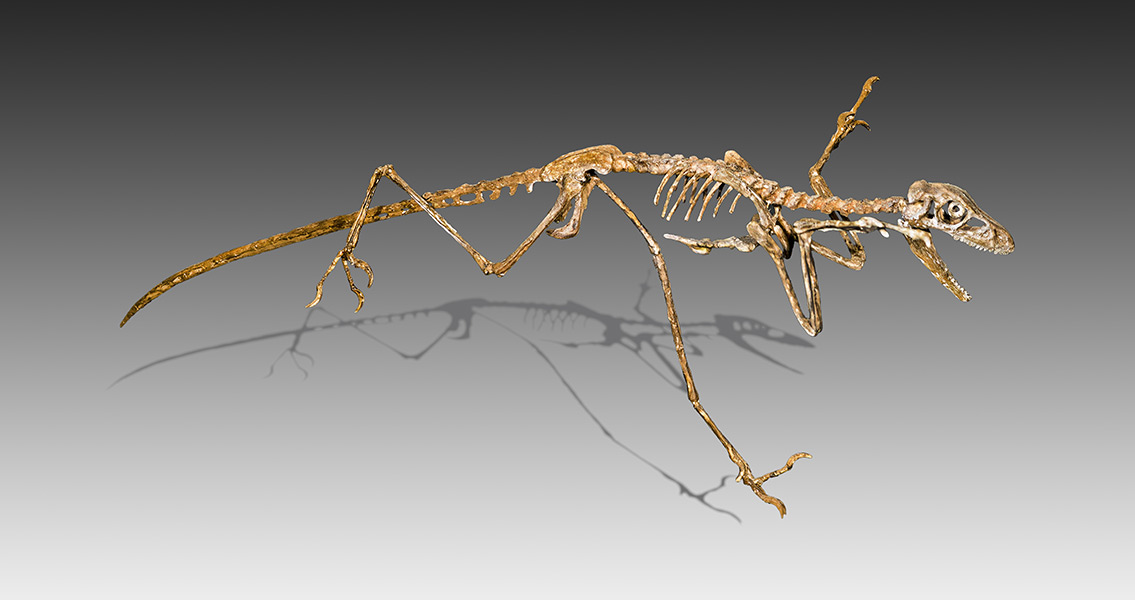<![CDATA[Twenty-two archaeological artifacts were recently returned to China by officials from Immigration and Customs Enforcement, (ICE) demonstrating the U.S. government’s ongoing commitment to the repatriation of culturally significant items to their rightful owners. ICE has recovered and returned more than 8,000 cultural artifacts to over 30 countries since 2007. China’s Deputy Director General of the State Administration of Cultural Heritage, Gu Yucai, accepted the artifacts, including bronze trays, jade disks, and other items which date back as far as 1600 BCE. A 120-million-year-old microraptor fossil was also returned. The People’s Republic of China and the United States signed a bilateral agreement to work together to prevent the illicit trafficking of a variety of historical artifacts, including fossils, in 2009. Homeland Security Investigations (HSI) offices in Miami and Cleveland were responsible for recovering the dinosaur relic. Their joint investigation into a Florida man, Eric Prokopi, resulted in a guilty plea for his involvement in an illegal scheme to import dinosaur fossils. The microraptor fossil was recovered when it was falsely listed as a “craft rock” and then as a “fossil replica” on a shipping manifest in an attempt to conceal its true identity. Prokopi was the owner of a business run out of his home and described himself in court as a commercial paleontologist. He served jail time for his part in the scheme and after release was subjected to 15 months probation. The other items were recovered by HIS Miami officers when they were discovered during the investigation of a Florida art dealer, Francois B. Lorin. Court documents describe how the invoices shipped with the artifacts indicated that all of the items originated in Florida and were shipped to Hong Kong for a trade show, before being returned to the United States. Once the items were intercepted by U.S. Customs and Border Protection (CBP) officers, Lorin conspired with others to create false documents justifying the provenance for certain items included in the shipment. Such provenance is required by US authorities before they will allow certain items, such as archaeological artifacts, into the country. Lorin received a three-year probation sentence and a $50,000 fine, in addition to forfeiting the artifacts. According to Department of State Assistant Secretary for Educational and Cultural Affairs, Evan Ryan, the return of the artifacts is a huge success for the U.S., the Chinese government and the people of China. Directly after the repatriation ceremony, the Carnegie Museum's Director of Natural History, Dr. Eric Dorfman, signed an agreement with the Deputy Chief of the Department of Stratigraphy and Paleontology for the Geological Museum of China, Mr. Zhang Zhijun, which lends the fossil to the Carnegie Museum for an exhibition in the future. HSI is often involved in criminal investigations regarding the illegal distribution and importation of cultural property, including illegal artwork trafficking. The organisation specializes in the recovery of reportedly lost and stolen art works. With investigators who have been specially trained and assigned domestically and internationally, the International Operations of HIS occupy 62 offices in 46 locations, working closely with their foreign counterparts on joint investigations. To protect cultural artifacts and antiquities specially trained investigators, assigned to both domestic and international offices, partner with experts, agencies and governments. They provide training for foreign investigators on the procedures involved in solving stolen art and property crimes and how to recover the items that appear on the market. Image courtesy of Wikimedia Commons user: Didier Descouens ]]>
Chinese Artifacts Repatriated
